As a comprehensive research and testing center, BRi provides an array of test equipment, including digital force gauges, Instron materials testing devices, speed traps, load cells, and uniaxial & triaxial accelerometers.
All instrumentation is meticulously calibrated, portable, and primed for instant data acquisition. Thus far, our research and testing endeavors have encompassed human subjects involved in low-speed rear-end and frontal impacts, as well as individuals exposed to emergency elevator stops.
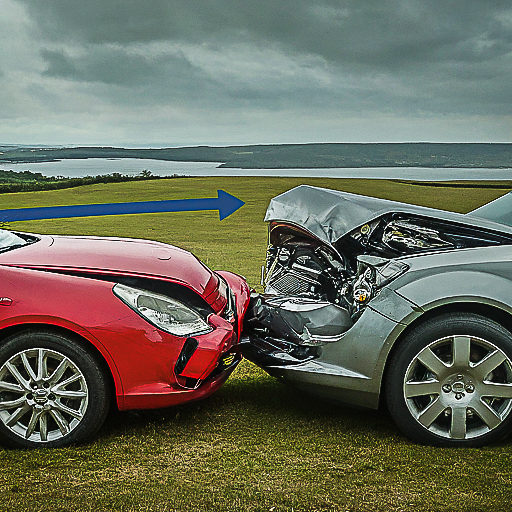
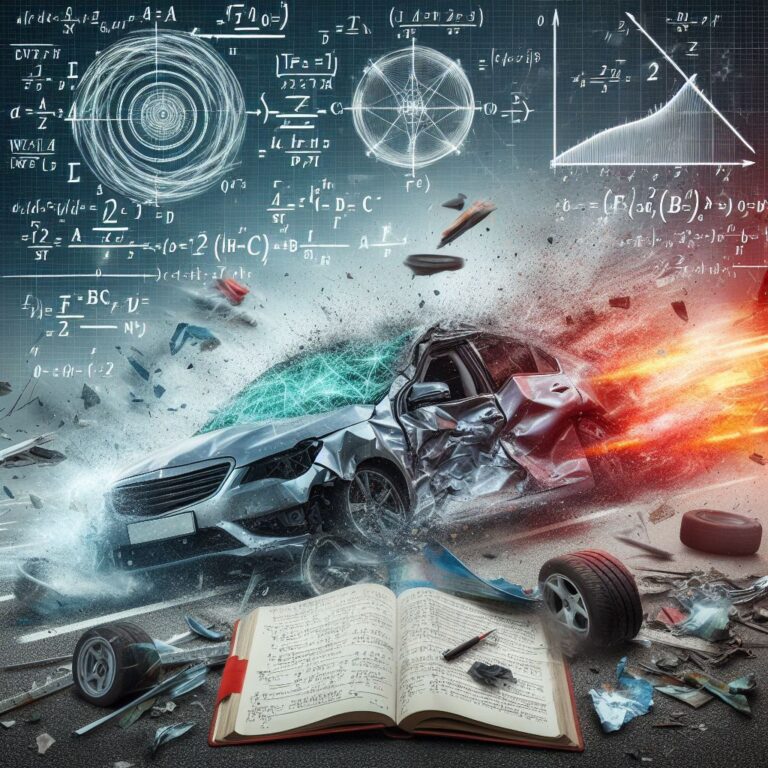
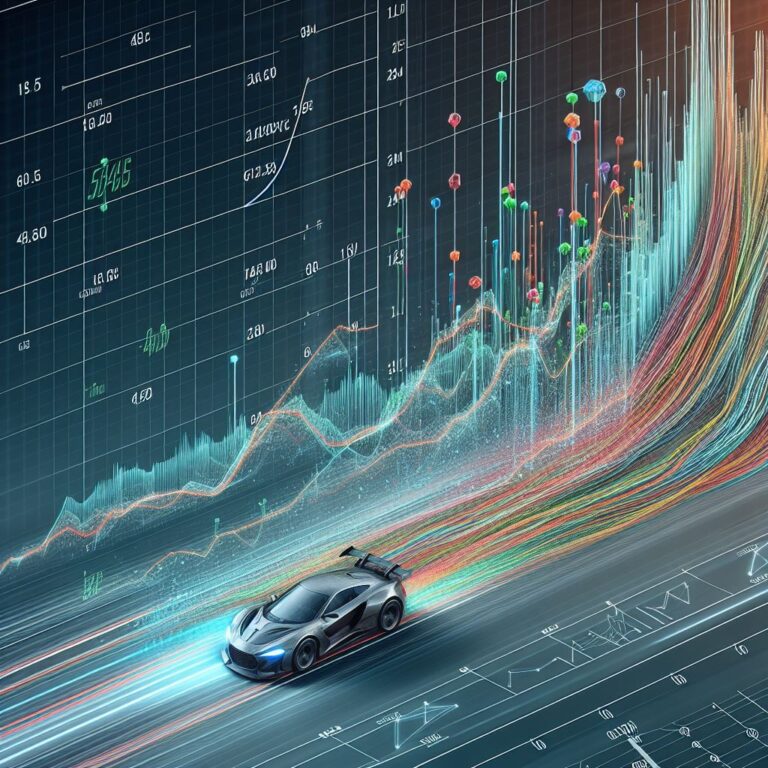
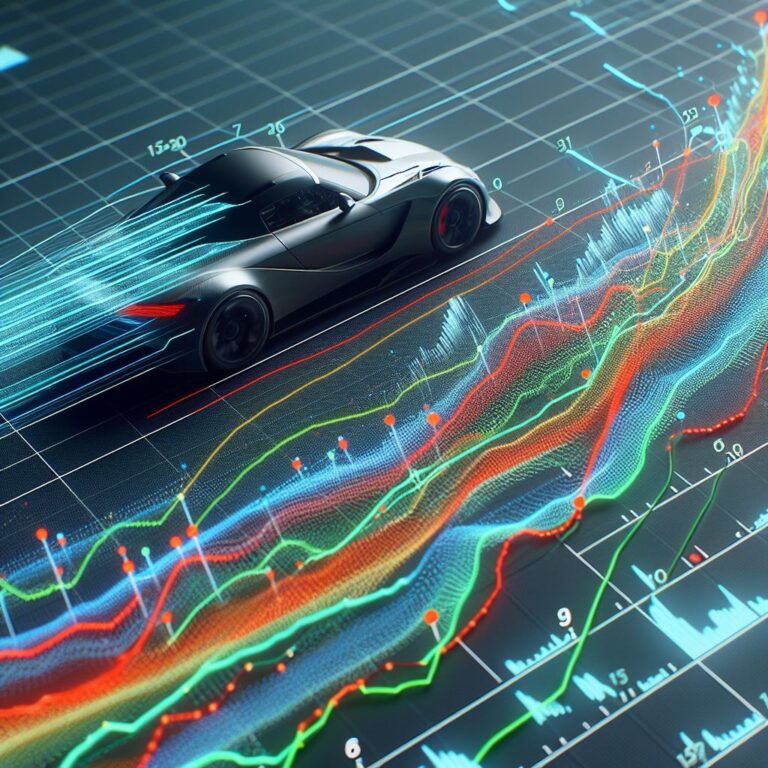
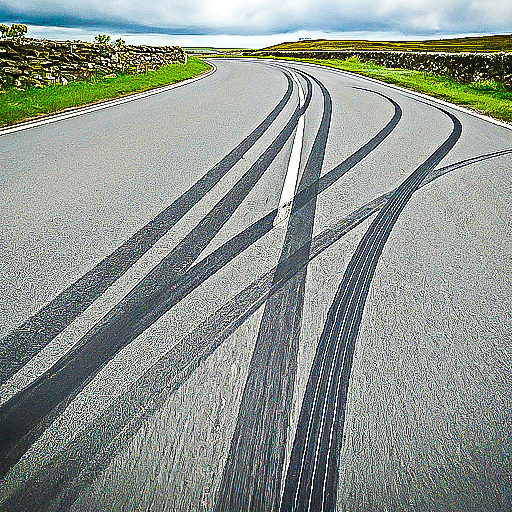
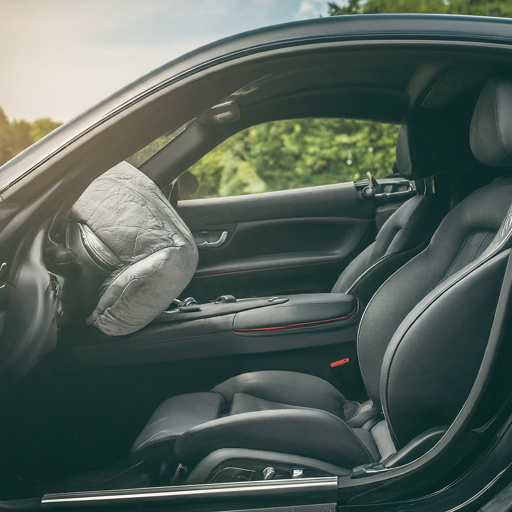
Biomechanical engineers combine their expertise in physics and engineering with knowledge pertaining to human tolerance limits and human injury thresholds. By applying these principles, biomechanical engineers can determine the likely movements and potentially injurious speeds, accelerations, and forces associated with an event. In addition, biomechanical engineers can also determine the biomechanical relevance of speeds, forces and accelerations by putting these calculated values into their proper context by comparing them to everyday activities and events. Biomechanical engineers can prove useful in cases involving:


The field of mechanical engineering is a broad, encompassing field. As applied to forensic analysis, mechanical engineers apply the law of physics and fundamental engineering principles to the analysis of potential device failures (e.g. a vehicle’s steering system, anti-lock braking system, etc.)
Mechanical engineers typically apply tools such as: fundamental theoretical models, computer simulations, and forensic animations, where required, to solve problems involving:


The field of accident reconstruction typically involves applying the laws of physics to situations involving impacts between man-made objects (passenger vehicles, trucks, sport-utility vehicles, etc.) and other man-made objects (other vehicles, poles, walls, curbs) and/or human beings.
By utilizing time-tested, fundamental physics relationships coupled with engineering theorems, accident reconstructionists may be able to assist in cases involving:
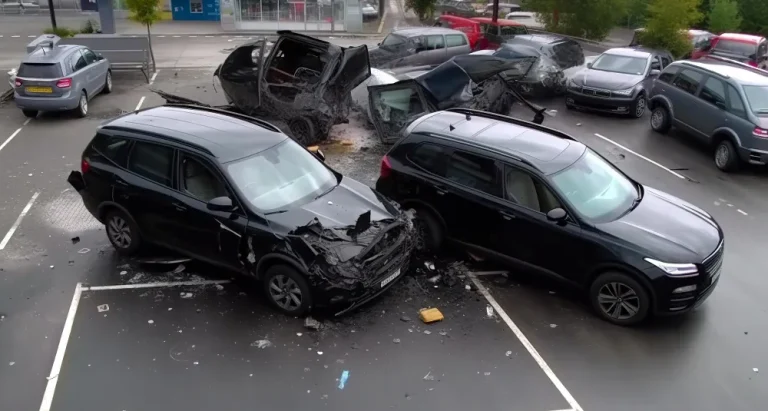
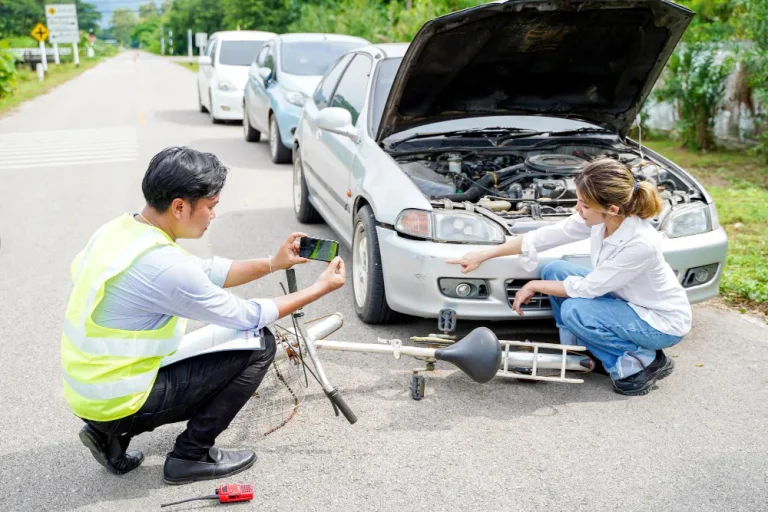
Engineering simulations differ significantly from computer animations. While computer animations are simply well-choreographed artist’s renditions of particular scenarios that may or may not adhere to fundamental principles of science, engineering simulations are based upon fundamental laws of physics and principles of engineering such that all observed motions within the engineering simulation conform to these laws and principles. As a result, engineering simulations offer robust, reliable visualizations based upon the laws of physics as they apply to each particular scenario. Since our engineers employ both two-dimensional (2D) and three-dimensional (3D) engineering simulations, we are able to offer a host of modeling options to deal with virtually any realistic scenario.


